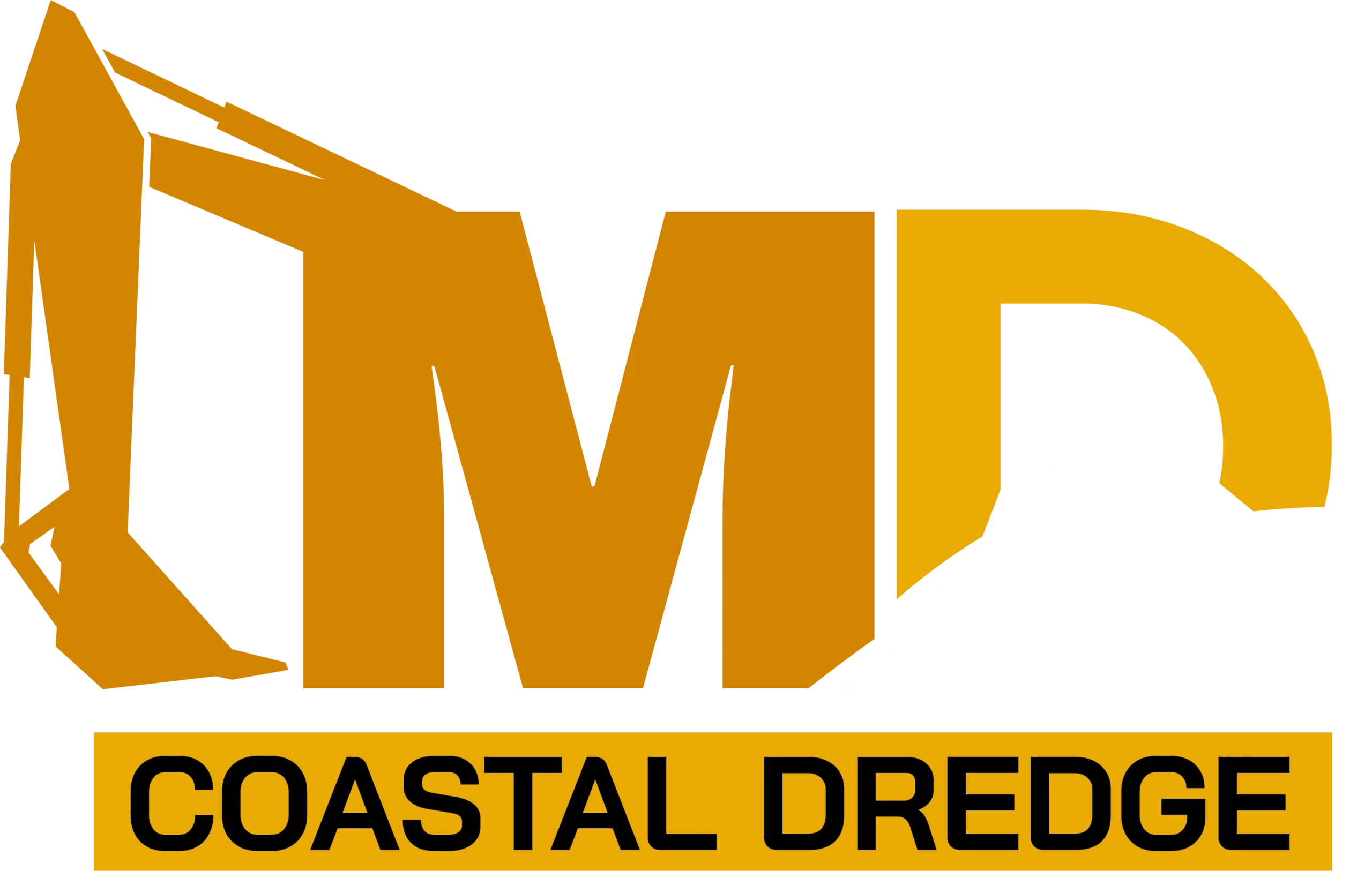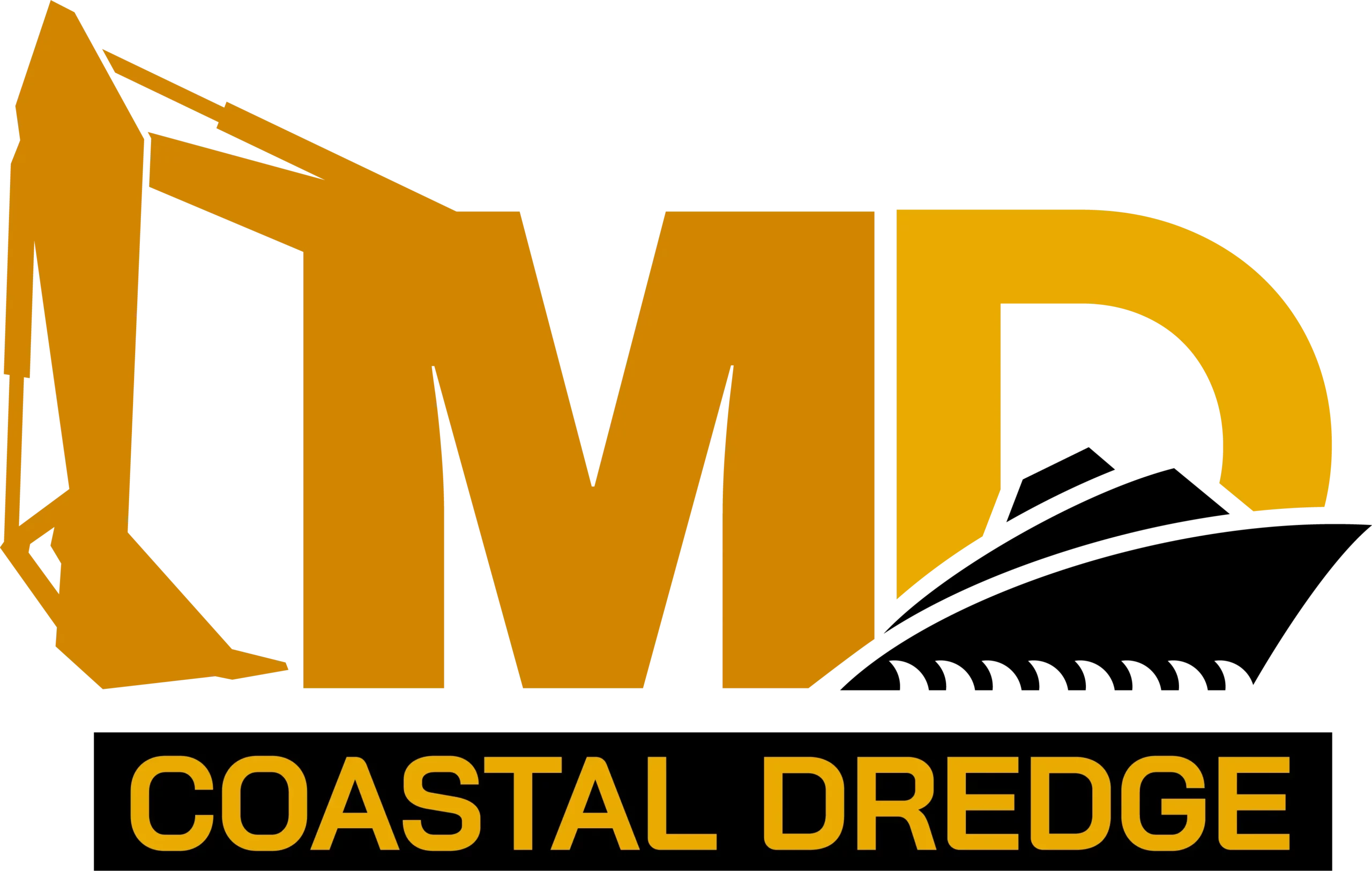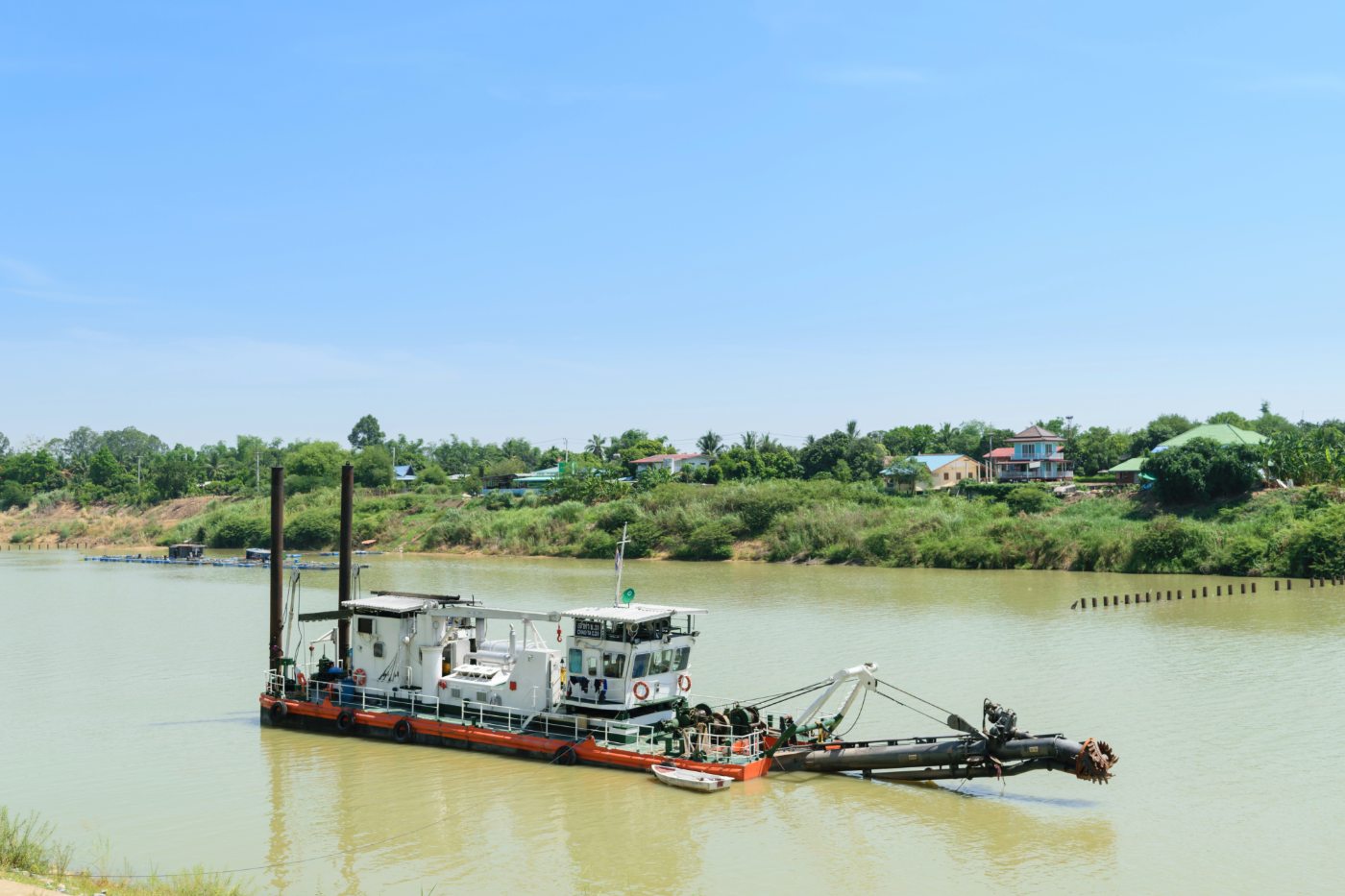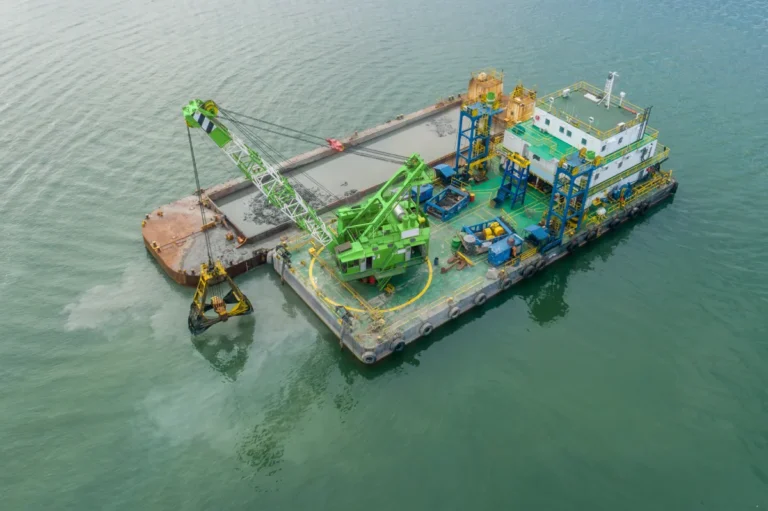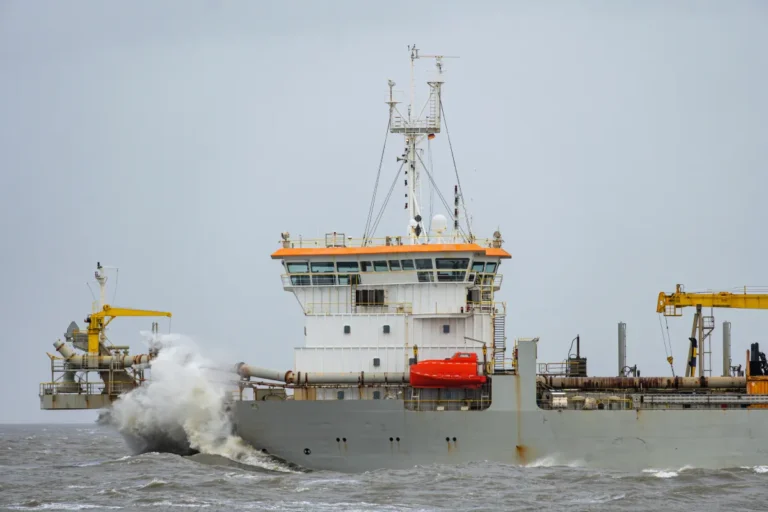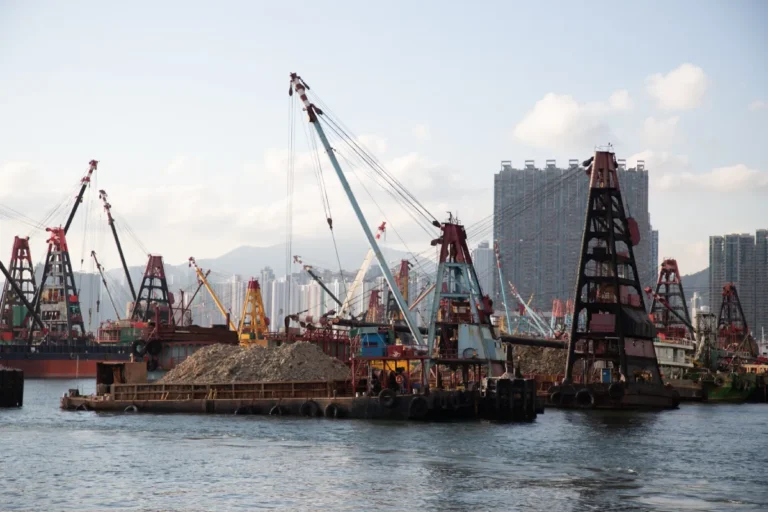When it comes to managing sediment, maintaining waterways, or preparing aquatic sites for construction, having the right equipment can make or break your project. While many rely on manual labor or land-based machinery, there comes a point where these methods fall short of meeting the demands. That’s where a dredger boat comes in. But what is a dredge boat, and how do you know when it’s time to invest in one? This article breaks down five clear signs that indicate you need a dredge boat to ensure efficiency, compliance, and long-term success on your next project.
What Is a Dredge Boat?
A dredge boat, also commonly referred to as a dredger boat, is a specialized watercraft designed to excavate, remove, and transport sediment, silt, sludge, or debris from the bottom of bodies of water. These vessels are essential in maintaining waterways, deepening channels, and supporting marine construction by restoring navigability and preventing sediment accumulation.
Suppose you’re wondering what a dredge boat is. In that case, it’s best understood as a floating platform that houses powerful dredging equipment—such as pumps, cutterheads, suction nozzles, or augers—used to extract underwater materials. These boats are typically deployed in environments where land-based dredging is impractical or impossible, such as ports, lakes, rivers, reservoirs, or coastal zones.
How Dredger Boats Work
At the core of every dredger boat is a sediment removal system. Most modern dredge boats utilize one or more of the following:
- Slurry Pumps: These high-capacity pumps transport sediment-laden water from the dredging site through discharge hoses or pipelines.
- Cutterheads: Equipped with rotating blades, these devices break up compacted or hard materials, such as clay and rock, before suction.
- Suction Systems: Standard in hydraulic dredgers, suction intakes vacuum sediment from the bottom and deliver it to a designated disposal or dewatering area.
- Jetting Systems: High-pressure water jets dislodge material for easy pump intake in softer or loosely compacted environments.
These systems can be remotely operated or integrated into automated control systems, offering greater precision and efficiency during dredging operations.
Common Types of Dredge Boats
Different project requirements call for different types of dredger boats, each engineered for specific material types and operating conditions. Common variations include:
- Cutter Suction Dredge Boats: Ideal for hard-packed or compacted sediment; uses a rotating cutter to loosen material before suction.
- Auger Dredge Boats: Equipped with a horizontal rotating auger, perfect for precise dredging in shallow or narrow waterways.
- Jet Dredgers: Use water jets instead of mechanical cutters to mobilize fine-grained or loose sediment.
- Submersible Pump Dredger Boats: Compact and portable setups where powerful submersible slurry pumps are mounted on pontoons or workboats.
Versatility in Applications
One of the biggest advantages of a dredger boat is its adaptability. Whether operating in a saltwater harbor, a freshwater reservoir, or an industrial wastewater lagoon, dredge boats are engineered to perform across diverse conditions. They are commonly used in:
- Marine dredging for ports and coastal development
- River maintenance to prevent flooding and restore flow
- Lake dredging for ecological restoration and sediment control.
- Industrial applications like mining tailings ponds or process water treatment
Sign #1: Your Site Has High Sediment Accumulation
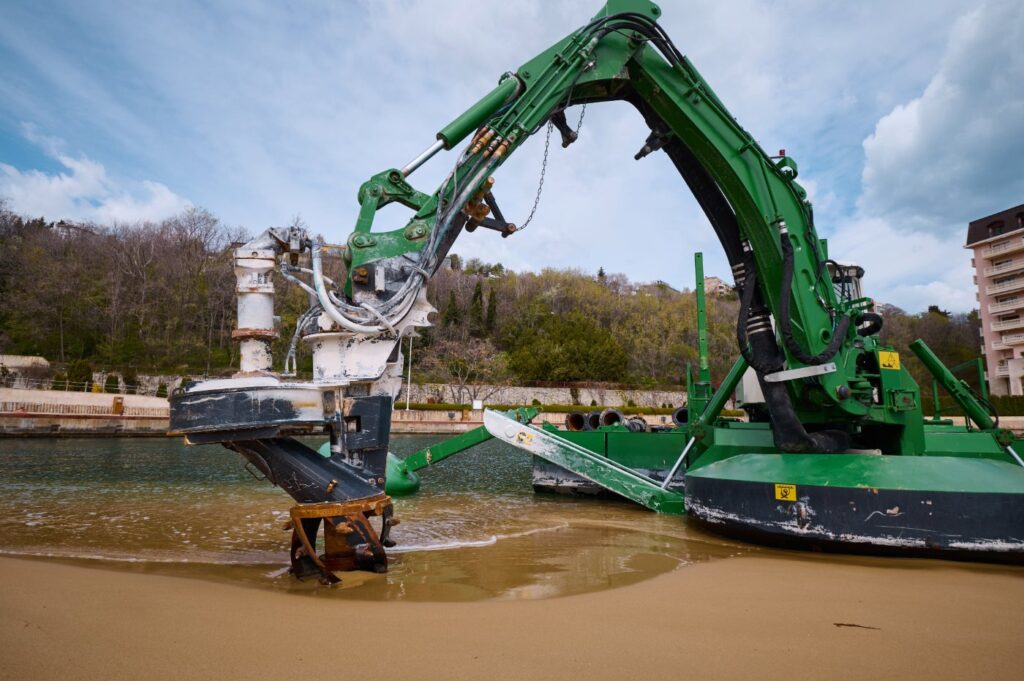
Excessive sediment accumulation is a clear indicator that you may need a dredger boat for your project. Over time, natural sedimentation—caused by erosion, runoff, or upstream activities—can clog waterways, reduce water depth, and compromise both navigation and the integrity of infrastructure.
In marinas, built-up silt can prevent boats from docking or maneuvering safely. In reservoirs, sedimentation reduces water storage capacity and impacts flow control for irrigation or hydroelectric power. Ports and shipping channels face reduced vessel draft limits, leading to economic delays, while canals can become impassable if sediment is not routinely removed.
This is where a dredge boat becomes essential. By deploying a floating system equipped with suction, cutterheads, or submersible pumps, a dredger boat can efficiently remove sediment from hard-to-reach or submerged areas without disrupting surrounding land-based infrastructure. Unlike manual dredging or land excavators, dredge boats are designed to operate directly in the affected water body, reducing labor time and improving overall project precision.
For anyone asking what a dredge boat is and when it’s needed, the presence of high sediment accumulation is often the first and most urgent sign. Whether you’re managing a public marina, private reservoir, or industrial canal, a dredger boat offers a reliable solution to restore depth, flow, and functionality.
Sign #2: Project Requires Deepening or Maintaining Waterways
If your project depends on maintaining a consistent water depth, deploying a dredger boat may be essential. From commercial ports and shipping lanes to irrigation canals and municipal waterways, sedimentation and natural erosion can gradually alter channel depth, threatening both navigability and operational efficiency.
In these scenarios, using a dredge boat offers clear advantages over land-based machinery. While excavators and shoreline equipment may work for some shallow or accessible locations, they fall short when precise depth control is required across wide or submerged areas. A dredger boat can operate directly on the water surface, following specific depth targets with pinpoint accuracy—often aided by sonar, GPS, and automated controls.
Whether maintaining draft compliance for large vessels in a busy harbor or restoring flow capacity in a rural irrigation network, a dredge boat ensures minimal disruption while delivering high-efficiency sediment removal. These boats are widely used by municipal water management departments, port authorities, commercial marine contractors, and infrastructure developers to maintain open, compliant, and safe waterways.
Still wondering what a dredge boat is in practical terms? It’s a waterborne solution designed to go where land-based methods can’t—offering reliable performance in both large-scale and localized maintenance projects. With the right dredger boat, your project can stay on schedule, reduce operational costs, and meet regulatory depth requirements.
Sign #3: Manual or Excavator-Based Dredging Isn’t Efficient
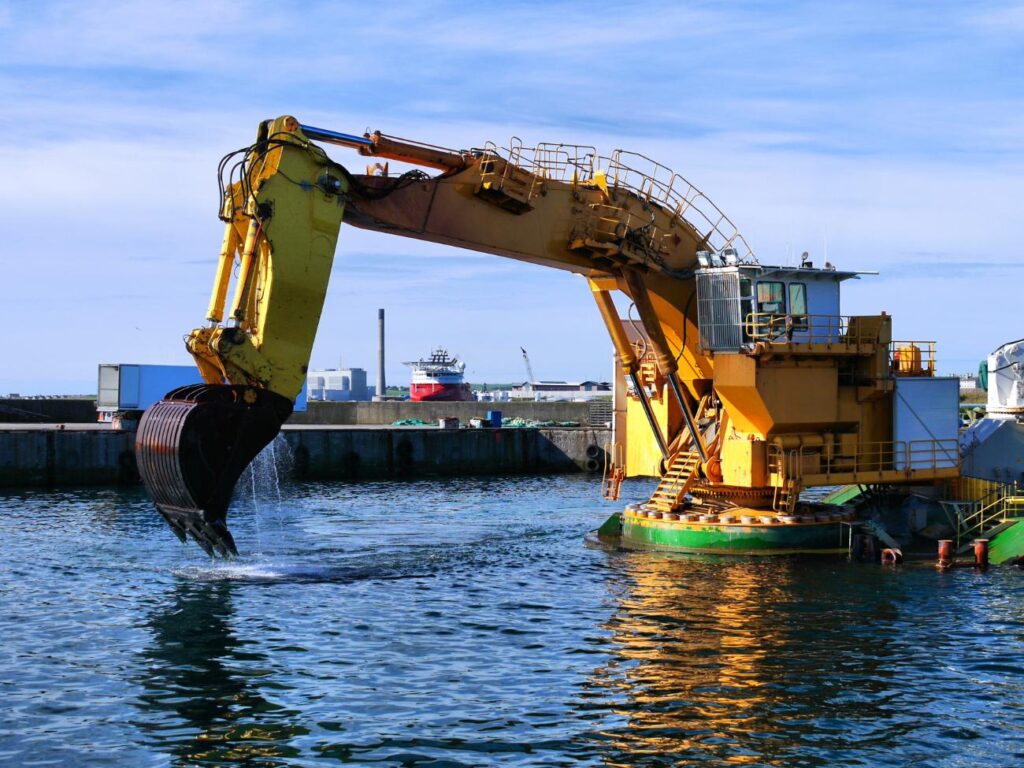
When sediment removal is done manually or with shoreline excavators, productivity often suffers. These traditional methods are limited by reach, accessibility, and crew capacity, making them impractical for larger or deeper projects. Suppose your team is spending too much time relocating machinery, repositioning hoses, or clearing debris by hand. In that case, it’s a strong signal that you need a more efficient solution, like a dredger boat.
Unlike land-based equipment, a dredge boat operates directly from the water, eliminating the need for excessive labor or shoreline access. Modern dredger boats are designed with automated systems, hydraulic controls, and remote operation capabilities, which allow them to remove sediment with greater precision and minimal human intervention. Whether you’re clearing silt from a lakebed or maintaining flow in an industrial lagoon, a dredge boat can cover more area in less time and with fewer safety risks.
Understanding what a dredge boat is means recognizing its role in improving operational efficiency. These boats reduce the need for multiple machines, lower labor costs, and require less fuel per cubic yard of sediment removed. Over the long term, investing in a dredger boat pays off through reduced downtime, consistent dredging output, and lower crew fatigue. For projects where efficiency is critical, it’s the smarter, more scalable alternative.
Sign #4: Environmental Regulations Demand Precision
In today’s regulatory landscape, environmental compliance is non-negotiable. Projects near waterways often require strict controls on turbidity, habitat disruption, and sediment disposal. If your operation involves sensitive ecosystems, endangered species, or protected waters, the precision of a dredger boat becomes essential.
Unlike conventional equipment, a dredge boat is built for minimal environmental impact. Modern models are equipped with GPS-guided navigation, depth sonar, and controlled intake systems, allowing operators to target specific sediment layers without disturbing surrounding habitats. This level of precision is especially crucial when working near coral reefs, fish spawning areas, or wetlands subject to strict environmental regulations.
For those inquiring about what a dredge boat is in the context of environmental protection, it’s a specialized vessel designed not only for performance, but also for compliance. Many eco-conscious dredger boats also incorporate features such as sealed pump systems, low-emission engines, and sediment containment solutions to minimize their environmental footprint further.
Whether you’re working under EPA guidelines in the U.S. or complying with local water authority permits, a dredge boat offers the control, consistency, and documentation capabilities needed to meet regulatory demands while protecting ecosystems and reducing project risk.
Sign #5: You Need a Scalable and Mobile Sediment Removal Solution
Not all job sites are easy to access—or predictable. Projects in remote areas, sprawling reservoirs, or multi-phase developments often face logistical challenges that traditional dredging methods can’t overcome. In such situations, a dredger boat provides the mobility and scalability necessary to maintain efficient operations.
One of the core advantages of a dredge boat is its ability to operate independently on the water, eliminating the need for roads, heavy transport, or extensive setup. Whether your project spans miles of canal or requires frequent repositioning across a lake or pond system, mobile dredger boats can be deployed, relocated, and adjusted with minimal delay. They’re especially valuable in projects with shifting conditions, such as changing water levels, multiple sediment zones, or seasonal constraints.
For teams working on multi-phase projects, modular dredger boat systems are a game-changer. These portable setups can be broken down, transported, and reassembled across different job sites, helping you scale operations without investing in entirely new equipment for each phase. If you’re evaluating what a dredge boat is and how it fits into long-term planning, its modularity and flexibility make it ideal for evolving site demands.
By choosing a dredger boat, you gain a sediment removal system that’s not only efficient but also designed to adapt, making it the right fit for contractors, municipalities, and industrial operators tackling dynamic and large-scale dredging challenges.
Choosing the Right Dredger Boat for Your Application
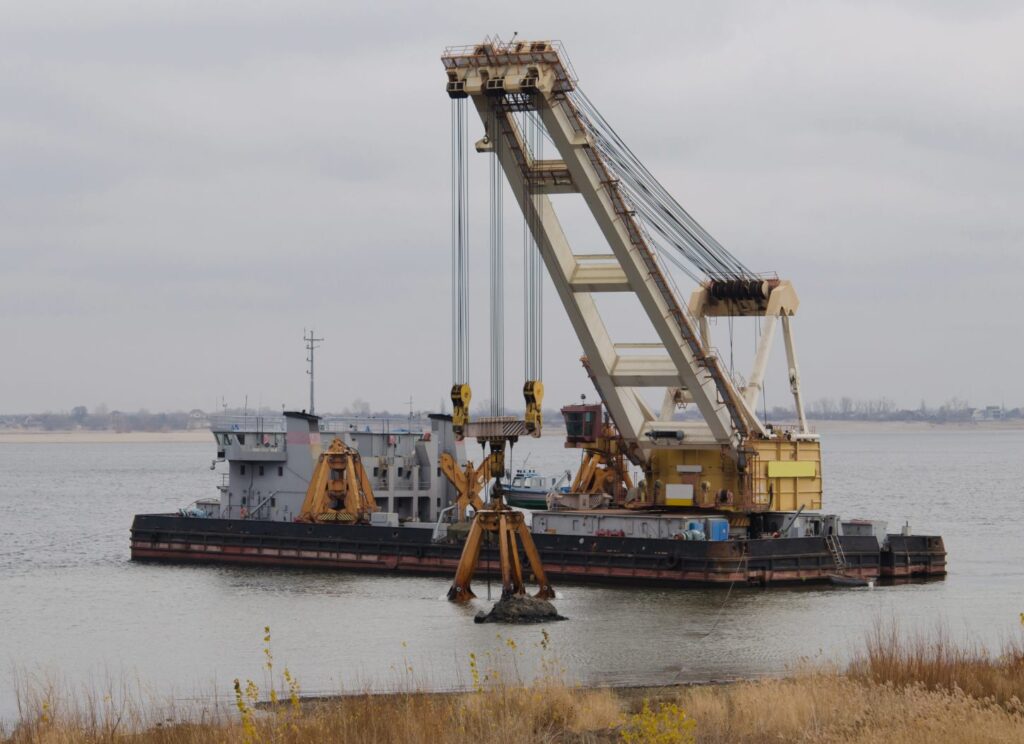
Selecting the right dredger boat starts with understanding the unique demands of your project. Not all dredging conditions are the same—factors such as water depth, sediment type, flow velocity, and project duration directly impact the type of equipment you’ll need. A well-matched dredge boat ensures greater efficiency, longer equipment lifespan, and compliance with regulatory and operational goals.
For shallow or narrow bodies of water, compact or shallow-draft dredger boats are ideal. At the same time, deeper environments may require heavy-duty, cutter-suction dredgers or pontoon-mounted submersible pump systems. Similarly, if you’re dealing with fine silt or soft sludge, a lower horsepower hydraulic system may be sufficient. But for compacted clay, gravel, or heavy debris, you’ll need high-torque cutterheads and more aggressive suction systems.
When evaluating what a dredge boat is that suits your needs, consider:
- Pump Type: Submersible slurry pumps, self-priming centrifugal pumps, or hydraulic-driven units—each excels in different sediment profiles.
- Hull Design: Modular pontoons for easy transport and assembly, or integrated steel hulls for rugged, long-term use.
- Auxiliary components, such as GPS positioning, depth sensors, cutterheads, augers, and booster pumps, may be necessary depending on the scale and material density.
Given the technical complexity and investment involved, consulting a specialist in dredging or a manufacturer is highly recommended. An expert can assess your site conditions and help configure a dredge boat that meets your performance targets while ensuring durability and compliance with environmental regulations.
Choosing the right dredger boat is about aligning technology with site challenges—ensuring your project stays on schedule, on budget, and within spec.
Conclusion
Whether you’re dealing with excessive sediment buildup, regulatory pressures, or the need to scale across multiple job sites, a dredger boat offers the power, precision, and flexibility to meet the challenge. Understanding what a dredge boat is—and when to use one—can help you avoid costly delays, improve environmental compliance, and dramatically boost operational productivity. If any of the signs discussed apply to your project, it may be time to explore a dredge boat solution that aligns with your goals and site conditions.
